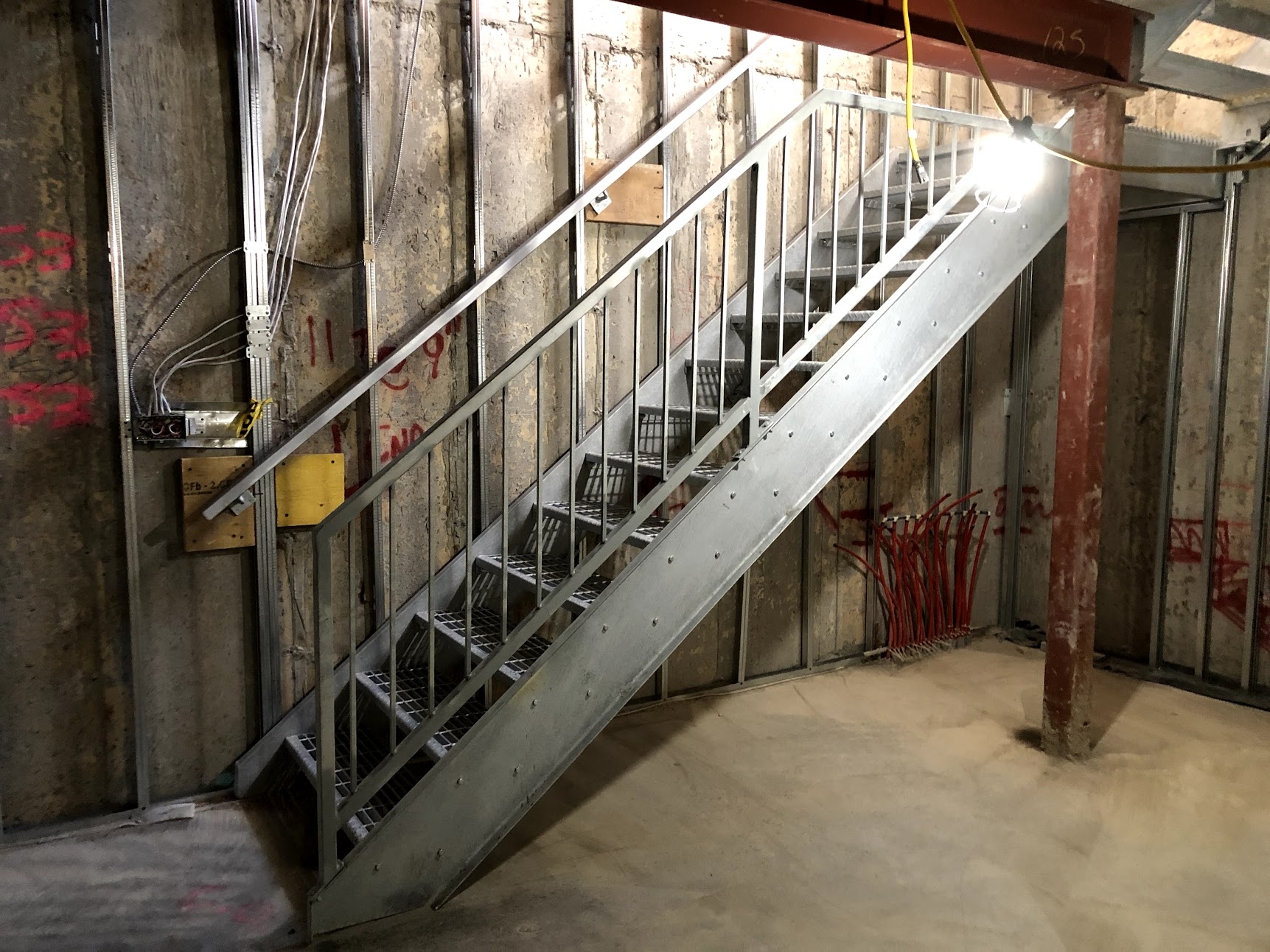
Hardly ever raw iron or steel is utilized by steel structure fabricators in construction or any other industry. Regardless of its intended use, every metal susceptible to rust and corrosion is required to go through a special treatment to prevent it from corroding. One of the most common metal treatment processes is hot-dip galvanizing. In this blog, we will discuss why galvanizing the metal is so important for extending its service life and explore the steps of preparing steel and iron hot-dip galvanizing. But first, let’s learn what the process of hot-dip galvanizing is.
Hot-dip galvanizing is the process of coating iron or steel with a layer of zinc by immersing the metal in a bath of molten zinc. As a result, a multi-layered, corrosion resistant coating of zinc-iron alloy and zinc metal is formed on the surface of the iron or steel. During immersion, a diffusion occurs between the iron in the steel and zinc, forming a tightly bonded layer, protecting the metal from rust and corrosion.
Hot-dip galvanizing is generally done in three steps: surface preparation, galvanizing and post-treatment. Let’s take a closer look at each of these steps and try to understand why each of them is so important in achieving a high quality coating.
Surface preparation involves cleaning the steel surface to remove the oxides and other residues to achieve the maximum adhesion of the zinc layer. Surface preparation is probably the most important step, as a poorly cleaned steel surface will not allow the zinc to react properly with it.
Surface preparation further involves the following sub-processes:
According to the ASTM B6 specifications, the zinc contained in the dipping kettle must be of 98% purity at the minimum. Other metals are sometimes added to the zinc to improve certain properties in the coating.
The kettle is heated to the point where zinc hits a liquid state (usually 820-860 F (438-460 C)). The steel piece is immersed in the bath of molten zinc at an angle and kept there until the steel heats to the bath temperature. This process usually takes no more than ten minutes. This time is enough for the diffusion reaction between the iron and zinc to occur.
Post-treatment is no less important in the galvanization of steel. One of the most common processes in the post-treatment is quenching, which involves dipping the galvanized piece in a tank with water to create a passivation layer on the steel surface.
Another common post-treatment method of steel includes grinding off zinc dips or spikes.
Hot-dip galvanizing helps protect the steel or iron from rust and corrosion. Galvanized iron or steel is a preferred material for the construction industry for obvious reasons: it is resistant to rust and corrosion, and will, therefore, last longer.
We at Weld Rich and Steel have all your steel fabrication needs covered. Experts in structural welding and custom metal fabrication in Toronto, we know how to work with a variety of metals, including steel. Call us to learn how we can help you bring your next project to life!